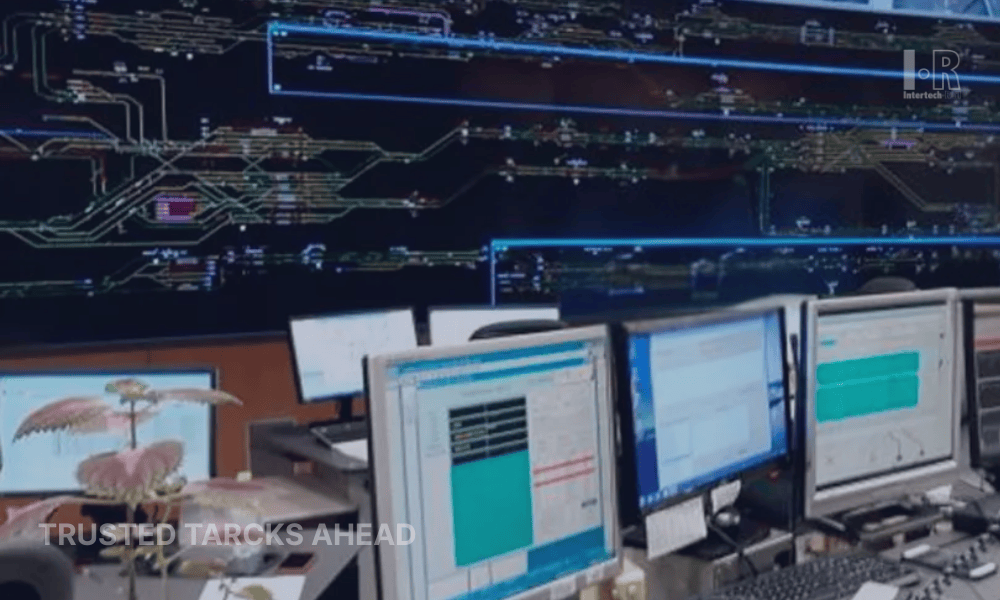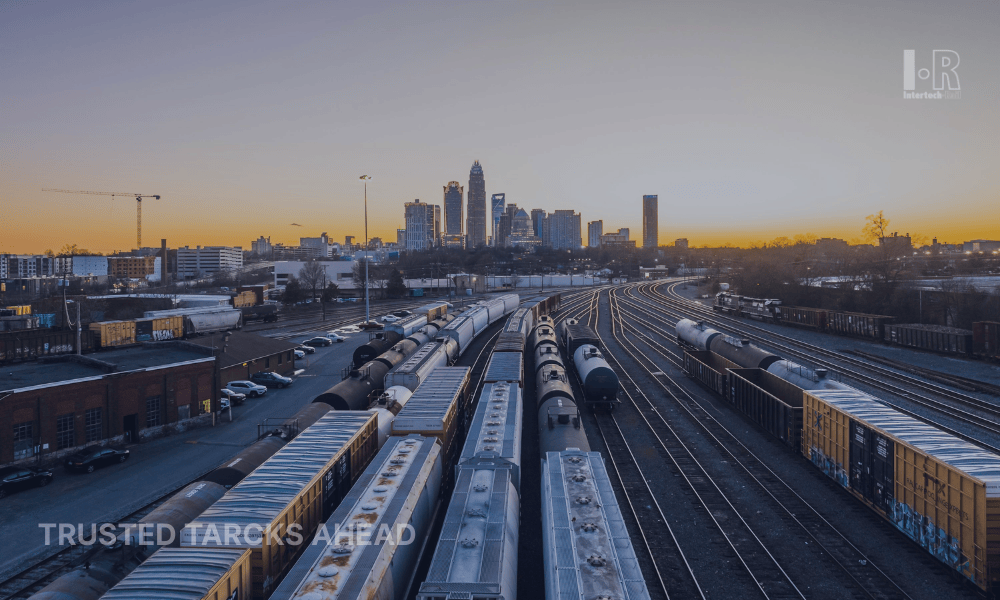Railway Automation Systems: Advanced Technologies for Autonomous Train Operations and Yard Management
Fundamentals of Railway Automation

There’s something timeless about railways. Steel, motion, and precision, yet constantly reinventing themselves. For more than a century, trains relied on human eyes, hands, and reflexes. But railways have become too complex for instinct alone. That’s where automation stepped in.
The change didn’t happen overnight. Bit by bit, computers began to take over repetitive decisions: speed adjustments, braking, switching. Today, automation represents the future of railway operations. It keeps traffic flowing safely, cuts wasted energy, and gives operators a new kind of control, quieter, faster, smarter.
Automation isn’t replacing people; it’s giving them better tools. The idea is to keep trains moving with fewer surprises and fewer risks, guided by systems that don’t blink or get tired.
How the Shift Began
Ask any veteran railway engineer, and they’ll remember the old control boards, rows of switches, lights flickering, operators shouting updates over the radio. Now, most of that work happens through software.
The evolution started with simple interlocking systems and centralized control. Then came digital signaling, automatic braking, and data-driven monitoring. Today’s railway automation systems
link sensors, computers, and network communication into one continuous flow.
Technologies such as
automatic train operation
and train control automation
now manage routes and schedules in real time. In many yards, rail yard automation
has quietly changed the daily routine; locomotives move on their own between tracks, switches align automatically, and the workday feels entirely different.
For the people running these systems, it’s clear: improved safety, efficiency, and cost reduction through automation are no longer distant goals. They’re here.
What Makes It Work
Every automated railway is built on layers. Sensors track position and vibration. Controllers translate that data into movement. Central servers analyze patterns, spotting what could go wrong before it does.
Automatic Train Operation (ATO) handles braking and acceleration with an almost poetic precision.
Automatic Train Control (ATC)
keeps trains spaced just right, and
Automatic Train Protection (ATP) ensures nothing breaks the rules. Meanwhile, robotic systems and intelligent yards handle what used to be manual labor.
It’s not magic. It’s integration, the quiet coordination between thousands of parts working together, so passengers never notice how complex it is.
From Automation to Autonomy
There’s a subtle difference between automation and autonomy, but it’s an important one. Automation follows instructions; autonomy decides what to do when things change.
In practice, autonomous railways use sensors, cameras, and AI to “see” and react to the environment. They learn from every trip. A sudden rain, a maintenance delay, the system adapts on its own. Yards are often the testing ground for these technologies. Robotic shunters move wagons with centimeter precision. Drones inspect couplers and brake systems. Algorithms coordinate dozens of movements simultaneously. It’s still supervised by humans, but the hard labor has shifted from muscle to microchip.
Why It Matters
When everything runs automatically, the benefits compound fast: fewer incidents, tighter schedules, lower costs. Energy use drops. Predictive maintenance means less downtime and fewer surprises. Passengers might never notice, but they feel it in smoother rides, fewer delays, and timetables that actually hold. For operators, the gains show up in performance metrics and maintenance budgets. For the industry, it’s a quiet revolution in how railways think and operate.
Intertech Rail’s Role
At the heart of it all is data. You can’t automate what you can’t measure, and that’s where
Intertech Rail’s sensor and monitoring technologies are key enablers. Our equipment keeps watch on every wheel, switch, and relay, capturing the information that automation systems depend on.
Inside control centers, this data becomes the foundation for decisions: when to slow down a train, when to switch tracks, when to plan maintenance. Integrated into train control automation
and yard automation
networks, Intertech Rail’s systems help operators see issues before they become problems.
Automation doesn’t erase human expertise; it amplifies it. The technology handles precision; the people handle judgment.
The Road Ahead
Railway automation is still evolving. Each year brings smarter algorithms, tighter cybersecurity, and better integration between mechanical and digital systems.
Railway robotics and predictive analytics will soon make full autonomy not just possible, but practical. And when that happens, railways will run with an efficiency we’ve only glimpsed so far.
Companies like Intertech Rail are already laying the groundwork, not by chasing headlines, but by refining the details that make automation dependable. In this field, progress doesn’t arrive with fanfare. It hums quietly under the wheels, one line of data at a time.
Image Sources: © Getty Images / CPTM / © Unsplash





